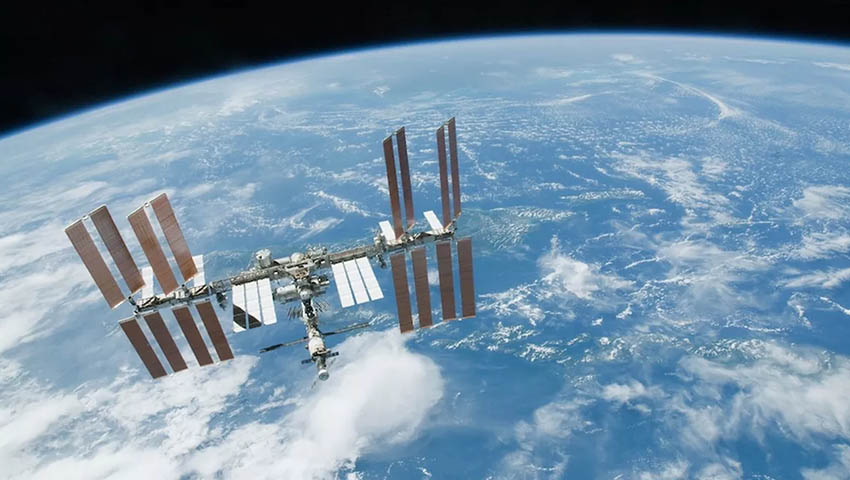
SpaceX’s Dragon spacecraft also will carry crew supplies and hardware to the orbiting laboratory to support the Expedition 59 and 60 crews for the 17th mission under NASA’s Commercial Resupply Services contract.
As part of the scientific endeavours, NASA will be providing briefing opportunities from academics and scientists involved with the latest round of onboard research programs, including:
- Annmarie Eldering, project scientist at NASA’s Jet Propulsion Laboratory, who will discuss how the Orbiting Carbon Observatory-3 (OCO-3), to be installed on the Japanese Experiment Module-Exposed Facility of the orbiting laboratory, observes the complex dynamics of the Earth’s atmospheric carbon cycle.
- Gisela Detrell, Head of the life support system research group at the Institute of Space Systems - University of Stuttgart, Germany, who will talk about Photobioreactor, an investigation aimed at demonstrating the use of biological processes to create a hybrid life support system. On future long-duration missions, this approach could reduce the amount of food, water and other essentials that crews have to bring from Earth.
- Lucie Low of the National Center for Advancing Translational Sciences at the National Institutes of Health, who will discuss tissue chips, or organs-on-chips. Tissue chips model the detailed physical structure of human tissue using cells grown on an artificial scaffold, enabling higher-accuracy disease modeling and drug testing.
- Alan Grodzinsky of the Massachusetts Institute of Technology, who will discuss his team’s tissue chip investigation that will study the effects of spaceflight on musculoskeletal disease biology. The goal of this research is to treat the root cause of post-traumatic osteoarthritis disease and prevent permanent joint damage, rather than mask the symptoms with painkillers later in life.
The ISS is a convergence of science, technology and human innovation that demonstrates new technologies and enables research not possible on Earth.
The orbiting laboratory has been occupied continuously since November 2000. In that time, more than 230 people, and a variety of international and commercial spacecraft, have visited the orbiting laboratory. The space station remains the springboard to NASA's next great leap in exploration, including future missions to the moon and eventually to Mars.
Receive the latest developments and updates on Australia’s space industry direct to your inbox. Subscribe today to Space Connect here.









